Rome’s 15 Most Iconic Landmarks (And 5 You Will Regret Skipping)
Wandering the Eternal City feels like flipping through the pages of a history book—except you’re living it. Ornate fountains, crumbling ruins, grand basilicas, and cobbled piazzas all share the same space, seamlessly blending the past with the present.
One moment you’re gazing up at ancient columns, and the next, sipping espresso in a lively square buzzing with locals. This is where emperors once ruled, where artists left their mark on the world, and where every corner whispers a different chapter of history.
1. The Colosseum
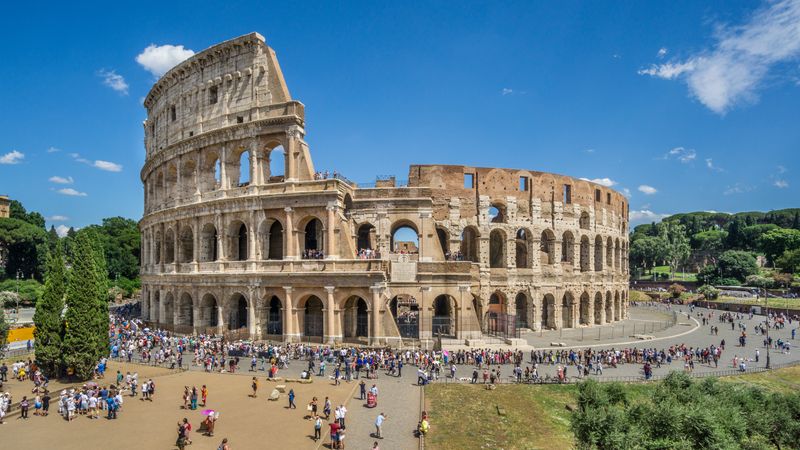
Ancient gladiators once battled for glory and survival in this massive stone arena. The Colosseum stands as Rome’s most iconic symbol, drawing millions of visitors yearly.
Walking through its arched corridors, you can almost hear the roars of 50,000 spectators who gathered for bloody spectacles and mock naval battles.
2. The Roman Forum

Crumbling temples and broken columns whisper tales of a once-mighty empire. The Roman Forum served as the bustling heart of ancient Roman life for over 1,000 years.
Visitors today wander among ruins of government buildings, markets, and temples where senators debated, merchants traded, and citizens worshipped their gods.
3. The Pantheon
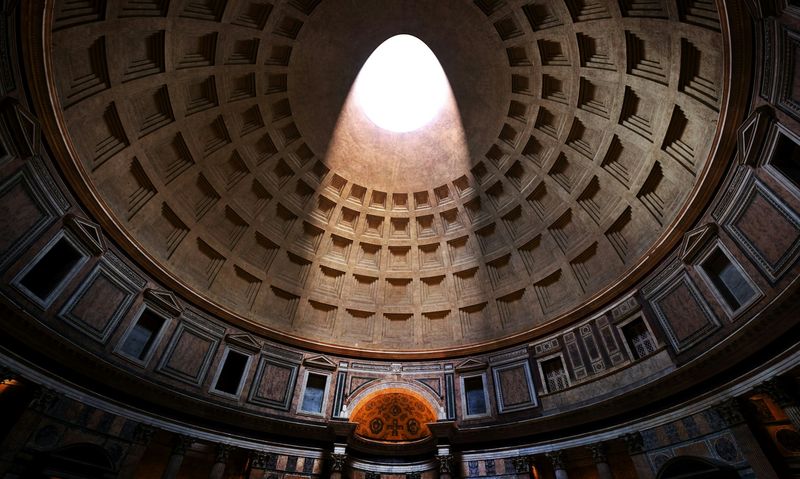
Sunlight streams through a perfect circular opening in the world’s largest unreinforced concrete dome. The Pantheon has stood for nearly 2,000 years, surviving when many other ancient structures crumbled.
Its mathematical precision still amazes modern architects, while the interior’s perfect proportions create a sense of harmony that captivates visitors immediately upon entering.
4. St. Peter’s Basilica
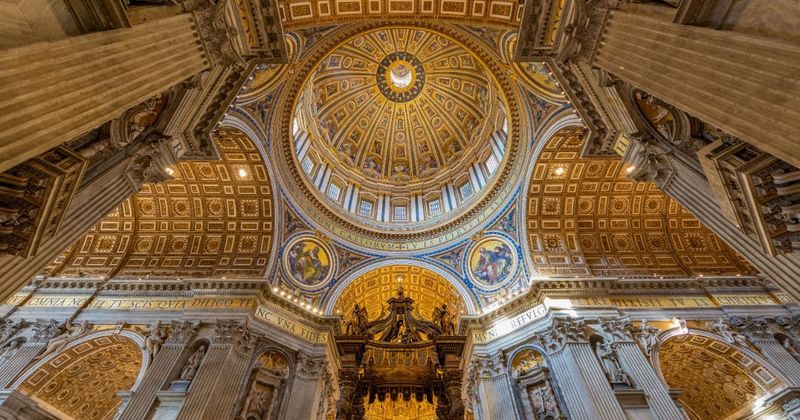
Stepping into this magnificent church leaves most visitors speechless at its sheer scale and beauty. St. Peter’s Basilica stands as Christianity’s most important church, built over the tomb of the apostle Peter.
Michelangelo’s soaring dome dominates Rome’s skyline, while inside, Bernini’s bronze canopy and Michelangelo’s Pietà showcase Renaissance mastery that continues to inspire pilgrims and art lovers alike.
5. Vatican Museums & Sistine Chapel
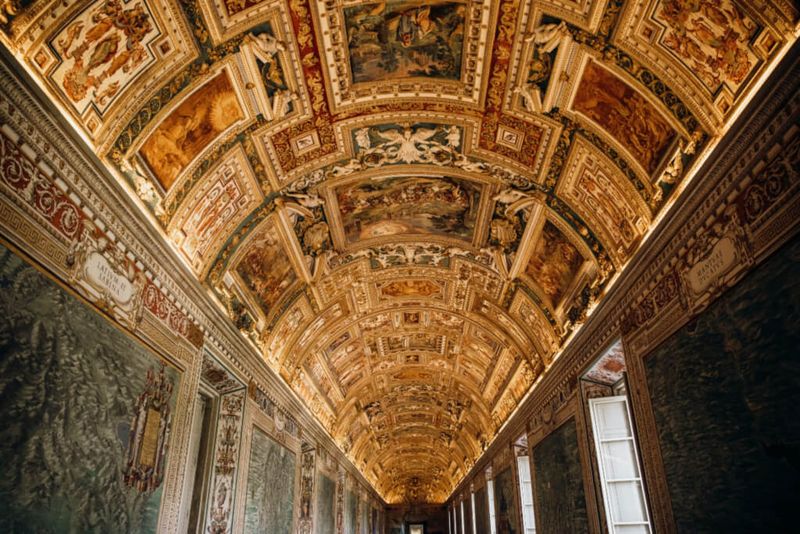
Masterpieces line every wall and ceiling as you journey through hallways filled with artistic treasures. The Vatican Museums house one of the world’s greatest art collections, culminating in Michelangelo’s Sistine Chapel.
Visitors crane their necks to admire the famous ceiling depicting the Creation of Adam, often forgetting that the walls showcase equally magnificent biblical scenes by Renaissance masters.
6. Trevi Fountain
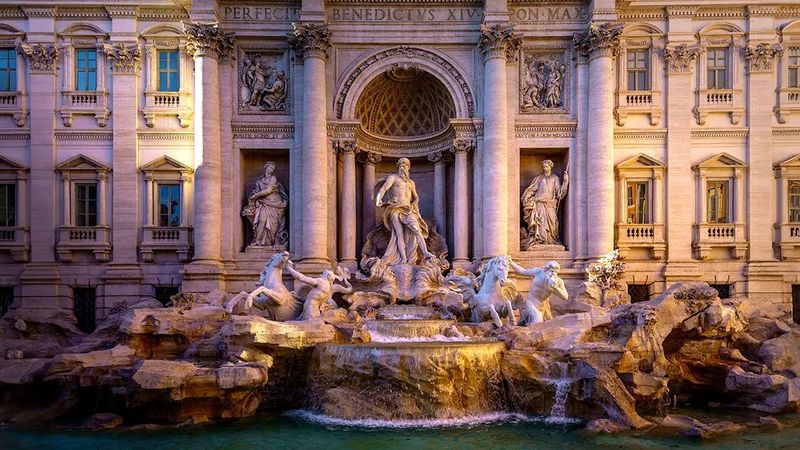
Coins splash into azure waters as visitors follow the tradition guaranteeing their return to the Eternal City. The Trevi Fountain stands as the largest and most spectacular baroque fountain in Rome.
Neptune’s chariot, pulled by sea horses and guided by tritons, creates a mythological water spectacle against the backdrop of a palace. Evening visits offer magical moments when golden lights illuminate the cascading waters.
7. Spanish Steps
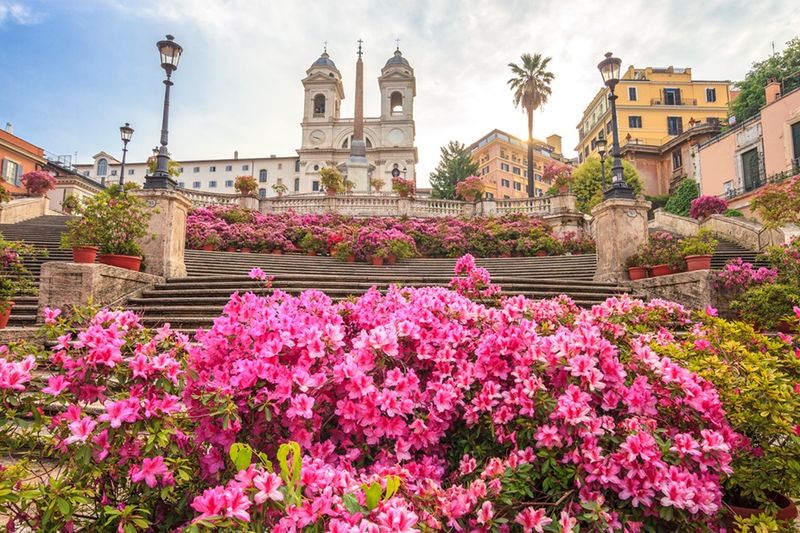
Elegant marble stairs flow like a cascading waterfall connecting two distinct levels of the city. The Spanish Steps have served as a fashionable meeting place since the 18th century.
Spring brings a spectacular display as potted azaleas transform the staircase into a fragrant garden. From the top, visitors enjoy sweeping views of Rome’s rooftops while the Barcaccia fountain bubbles gently below.
8. Castel Sant’Angelo
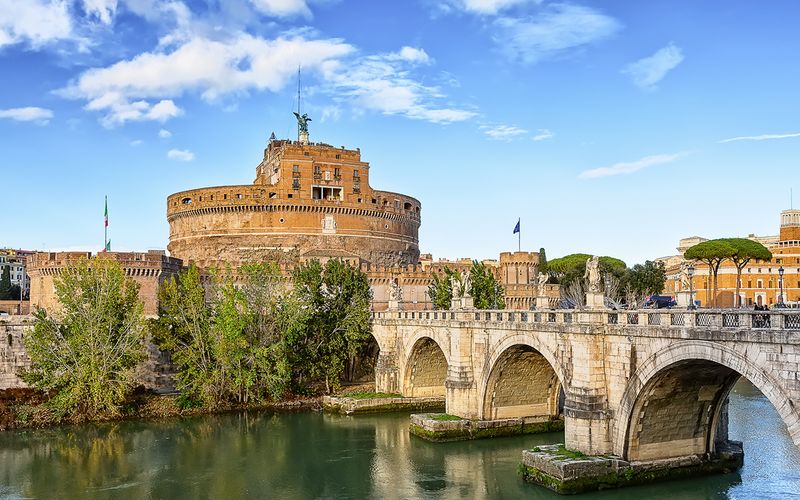
Emperor Hadrian built this fortress-like structure as his final resting place. Castel Sant’Angelo later became a papal refuge, connected to the Vatican by a secret elevated passageway.
Visitors today climb spiral ramps to reach panoramic terraces offering breathtaking views of the Tiber River and St. Peter’s dome. Inside, lavishly decorated papal apartments reveal the castle’s transformation from tomb to luxurious papal residence.
9. Piazza Navona
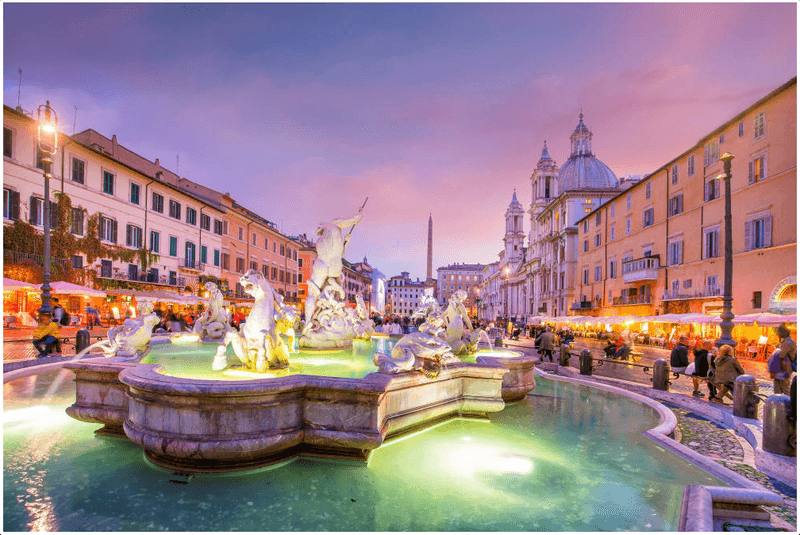
Baroque fountains splash and artists sketch portraits in this vibrant oval-shaped public space. Piazza Navona still follows the outline of the ancient Roman stadium where chariot races once thrilled crowds.
Bernini’s Fountain of the Four Rivers dominates the center, with figures representing major rivers from four continents. Surrounding cafés offer perfect people-watching spots while church bells from Sant’Agnese in Agone mark the passing hours.
10. Capitoline Hill & Museums
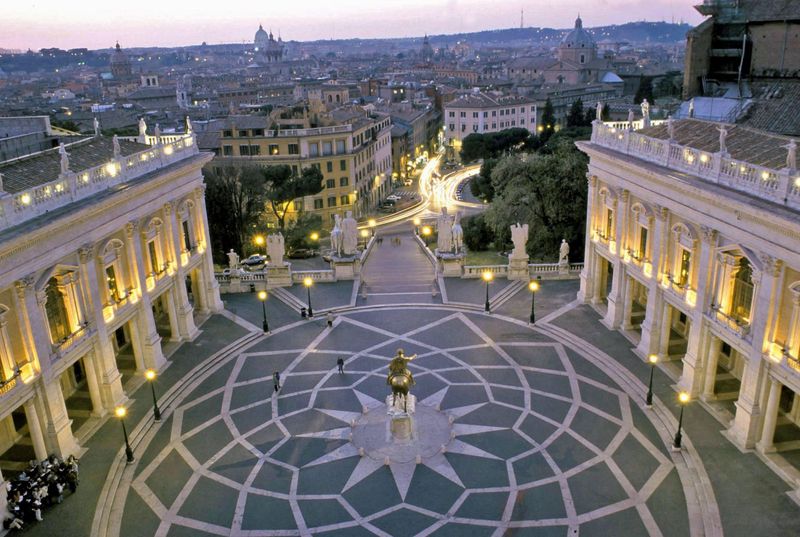
Michelangelo’s perfect geometric piazza crowns the hill where Rome began. The Capitoline Museums house treasures including the original bronze she-wolf nursing Romulus and Remus, Rome’s mythical founders.
Inside these Renaissance palaces, visitors discover ancient marble statues, Renaissance paintings, and a rooftop terrace with spectacular Forum views. The hill itself served as ancient Rome’s religious and political center for centuries.
11. Trastevere Neighborhood Gems
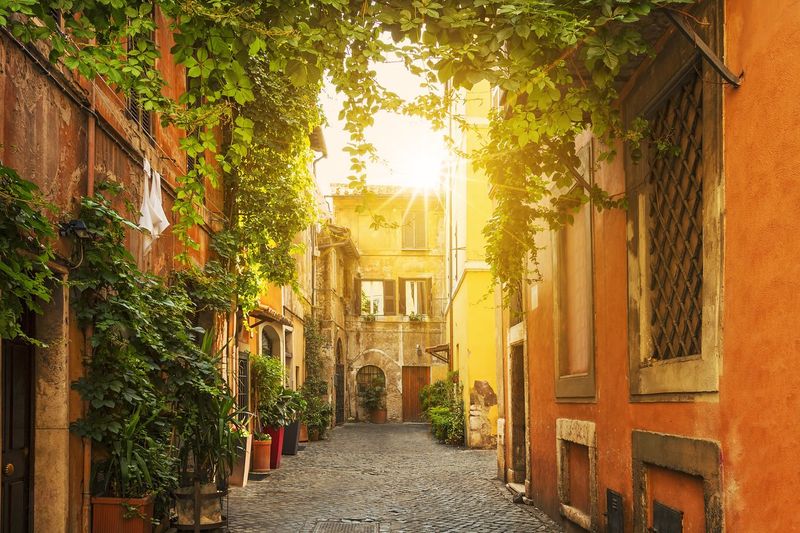
Laundry flutters from balconies above narrow cobblestone streets in this charming medieval district. Trastevere offers a glimpse of authentic Roman life away from major tourist sites.
The golden mosaics of Santa Maria in Trastevere church glow in the evening light. Local trattorias serve traditional Roman dishes like cacio e pepe pasta, while tiny wine bars tucked into ancient buildings overflow with laughter well into the night.
12. Basilica Di San Clemente
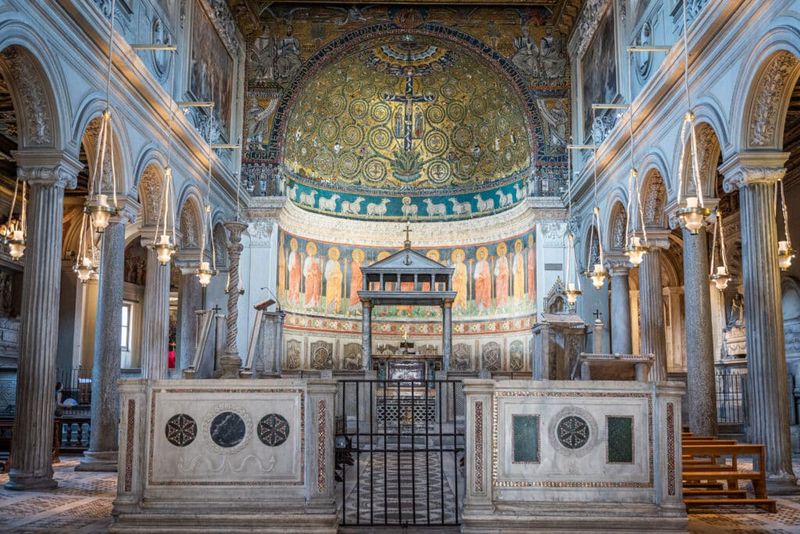
Descending stone staircases takes you on a journey through three distinct layers of history. The Basilica di San Clemente reveals Rome’s archaeological lasagna with a 12th-century church built atop a 4th-century basilica.
Going deeper, visitors discover a 1st-century Roman apartment building complete with a mysterious Mithraic temple. Underground streams still gurgle through ancient pipes, creating an eerie soundtrack as you explore rooms buried for centuries.
13. Baths Of Caracalla
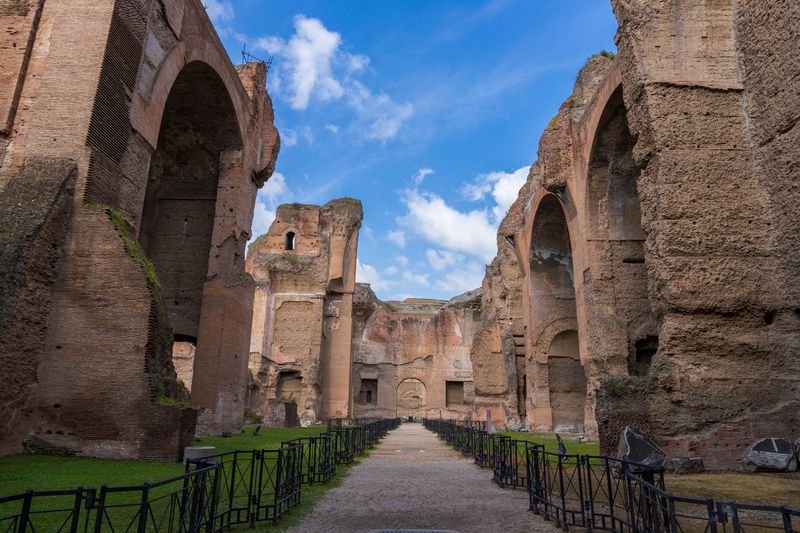
Massive brick walls rise from grassy fields where thousands once bathed, exercised, and socialized daily. The Baths of Caracalla demonstrate the engineering genius that allowed ancient Romans to create massive public facilities.
Fragments of colorful marble and mosaic floors hint at the original luxury. Visitors can wander through the frigidarium (cold room), tepidarium (warm room), and caldarium (hot room), imagining the sophisticated heating system that once warmed floors and walls.
14. Aventine Keyhole & Orange Garden
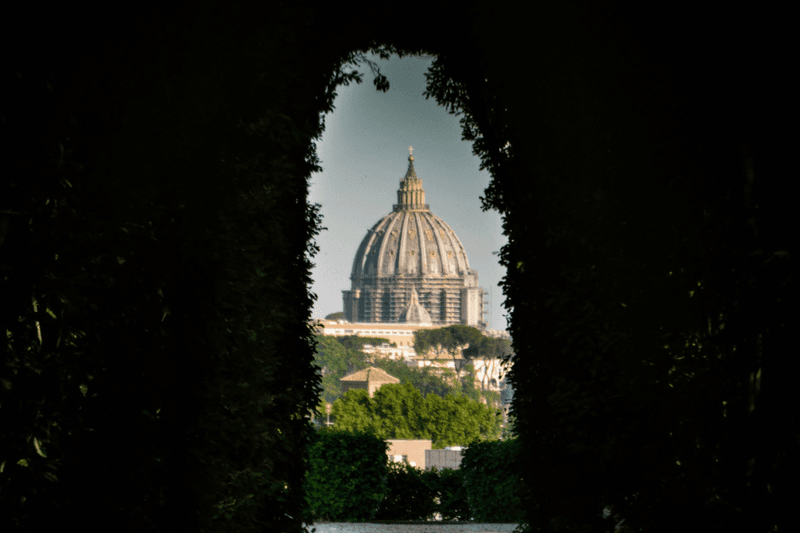
Peering through a tiny keyhole reveals three countries perfectly framed in a single view. The Knights of Malta keyhole on Aventine Hill offers a magical glimpse of St. Peter’s dome through a garden pathway.
Nearby, the Orange Garden provides breathtaking panoramic views of Rome’s domes and bell towers. Sunset transforms this peaceful retreat into a romantic spot where couples gather to watch the city turn golden beneath the ancient umbrella pines.
15. Basilica Of Saint Paul Outside Ohe Walls

Golden mosaics glimmer above rows of marble columns in this peaceful spiritual haven. The Basilica of Saint Paul Outside the Walls preserves the tomb of the Apostle Paul and stands as one of Rome’s four major papal basilicas.
Unlike St. Peter’s, this magnificent church rarely feels crowded. Visitors admire the stunning portrait medallions of every pope since Peter and the beautiful 13th-century cloister with delicate twisted columns adorned with mosaic patterns.
16. Villa Doria Pamphilj Park
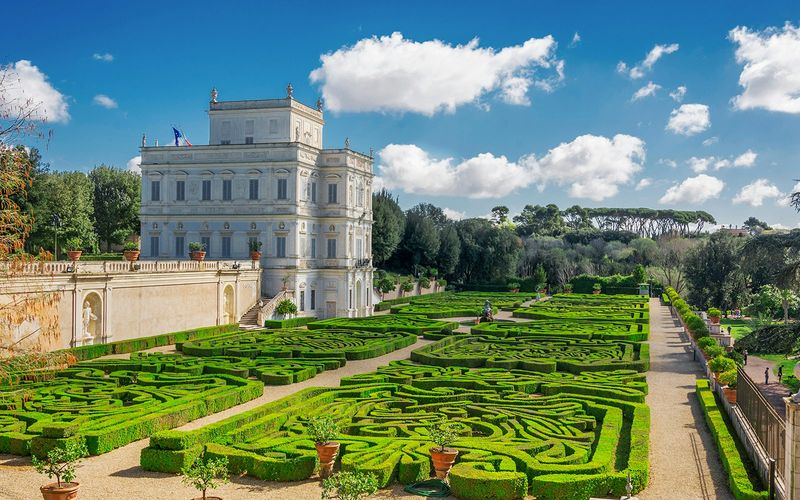
Joggers follow winding paths through Rome’s largest landscaped park away from city noise. Villa Doria Pamphilj offers 184 hectares of English-style gardens, manicured Italian sections, and wilder forested areas.
The 17th-century noble villa still stands at the park’s heart. Families picnic beside fountains while artists sketch the picturesque lake. Pine-scented breezes provide welcome relief during summer heat, making this green oasis a favorite local escape.
17. Via Appia Antica

Ancient paving stones stretch toward the horizon along one of history’s most important roads. The Appian Way was ancient Rome’s superhighway, connecting the capital to southern Italy and beyond.
Today, visitors can walk or bike this archaeological park past Roman tombs, catacombs, and countryside villas. Original cart wheel ruts remain visible in the massive basalt paving stones. Sunday visits are best when the road closes to traffic.
18. Protestant Cemetery & Pyramid Of Cestius
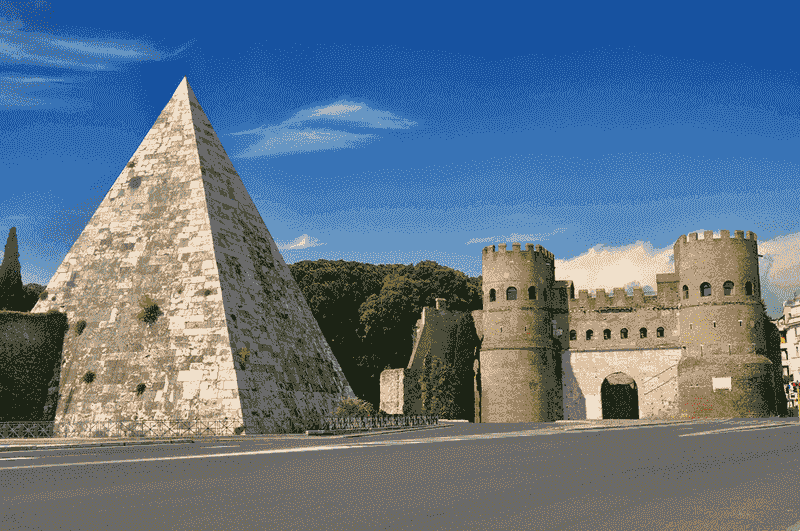
Cypress trees stand sentinel over poets’ graves beside an ancient Egyptian-inspired tomb. The Protestant Cemetery houses final resting places of Keats, Shelley, and other creative souls who fell in love with Rome.
Rising dramatically alongside is the Pyramid of Cestius, a 36-meter marble-clad tomb built in 12 BCE. This peaceful corner offers a surprisingly moving experience as cats wander among tombstones inscribed with beautiful epitaphs celebrating lives well-lived.
19. Janiculum Hill Viewpoint
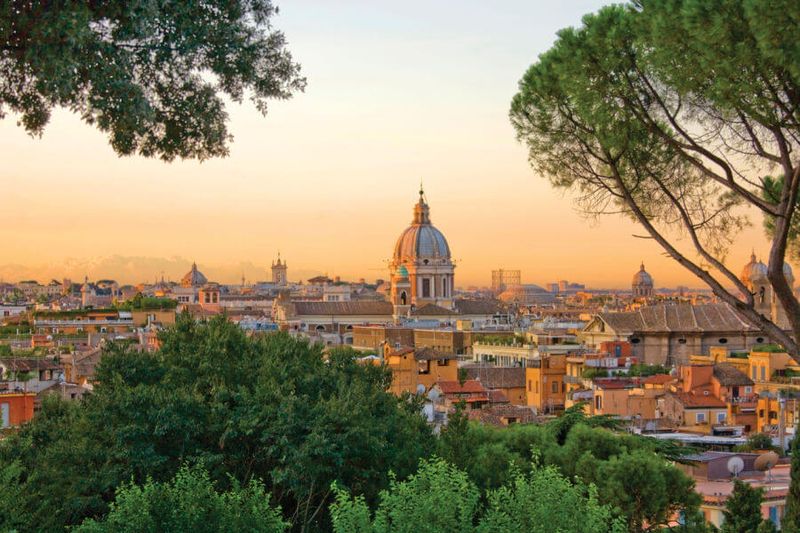
Cannons fire at noon sharp from this elevated perch offering breathtaking panoramas. Janiculum Hill provides Rome’s most comprehensive viewpoint, where visitors can identify countless domes, towers, and monuments across the cityscape.
Statues of Italian unification heroes line the pathways. Children ride the vintage carousel while parents photograph the view. This peaceful park sits above Trastevere, providing a welcome escape from crowded streets and a perfect sunset-watching spot.
20. Palazzo Altemps & Hidden Art Collections
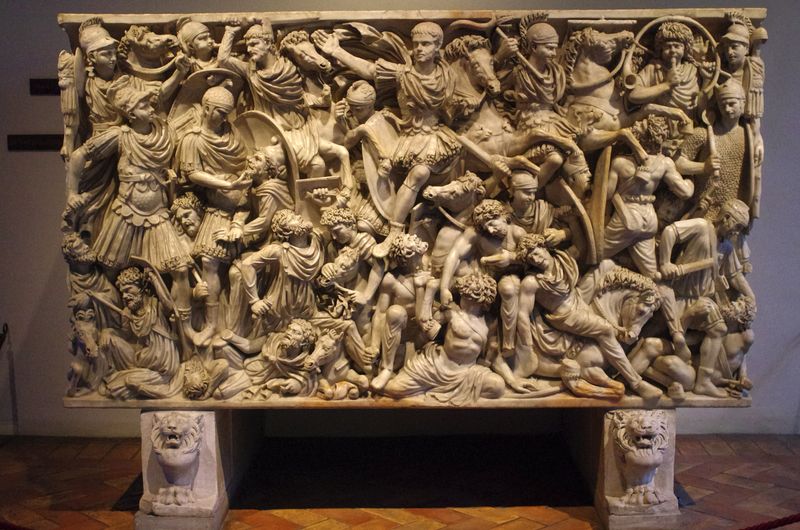
Renaissance frescoes adorn ceilings above exquisite marble sculptures in this overlooked noble palace. Palazzo Altemps houses one of Rome’s finest ancient art collections within rooms that are artistic masterpieces themselves.
Visitors often have entire halls to themselves to admire the famous Ludovisi collection. The Great Ludovisi Sarcophagus with its battle scenes and the Throne of Ludovisi depicting Venus’s birth rank among Rome’s archaeological treasures, yet remain refreshingly uncrowded.
